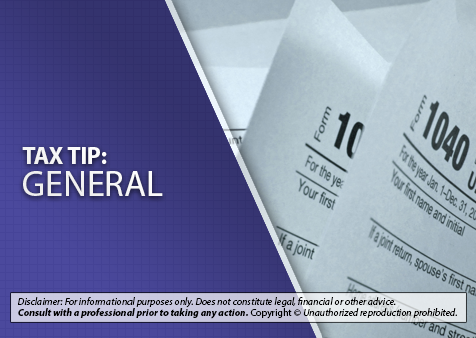Many taxpayers will receive year-end income statements from employers, banks, stock issuers and other sources in January and early February. Make sure to save each document, so you can refer to it for your tax return.
The most common annual income statements include:
– W-2 forms from your employers, showing your wages and any taxes withheld
– Forms 1099-INT and 1099-DIV showing your interest and dividend income
– Forms 1099-MISC and 1099-NEC showing gig economy and other self-employment earnings, along with rents, royalties and other miscellaneous income
– Form 1099-K from payment processing services like PayPal and CashApp if you received $600 or more in payments through one of these platforms for goods or services
– Records of virtual currency (including crypto) transactions
In addition to these documents, you will need Form 1095-A (Health Insurance Marketplace) if you plan to claim the Affordable Care Act Premium Tax Credit. If you received advance payments of the 2021 Child Tax Credit (CTC), you will also need IRS Letter 6419 to figure any remaining credit you are owed.
Lastly, watch for IRS Letter 6475 about economic impact payments (EIPs, also called stimulus payments), which will help you determine your eligibility for the Recovery Rebate Credit. A tax professional can help you check that you have all the records needed to file an accurate return. Accurate filing reduces IRS processing time, allowing you to get your refund as soon as possible.



